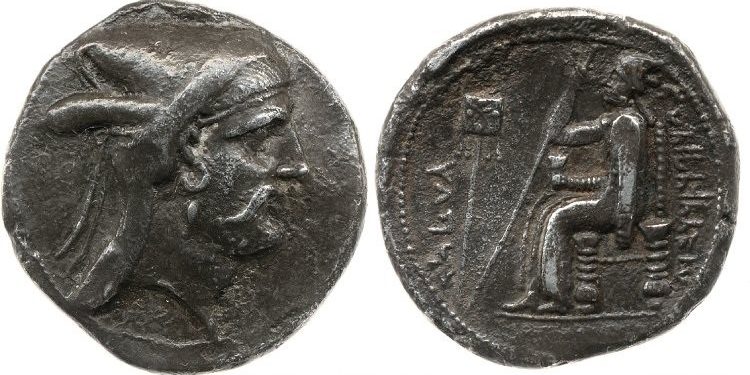Coins can reveal many details not conveyed by written sources of the age. In many respects, Georgian coins could be exceptional in portraying the lifestyle of kings and queens. They also reflect the immersion of Georgia into the culture and influences of Europe and Asia, two principal zones of integration, which had their universal styles in architecture, clothing etc. Below are several pertinent examples.
When affiliated to Hellenistic Orient, Georgians were dressed in Persian-style clothing. When affiliated to “Byzantine Commonwealth” (East European world), Georgians were dressed in Byzantine-style clothing. Modern Georgia means Modern Style. The whole story is depicted on Georgian money.
- a) Georgians dressed in Persian-style clothing.
Coins of Bagadat, son of Biurat, duke of Klarjeti (Southwest Georgia). I type. Second half of the 3rd c. B.C
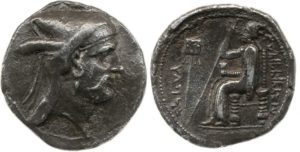
http://geonumismatics.tsu.ge/en/catalogue/types/?type=16
Coins of Bagadat, son of Biurat, duke of Klarjeti (Southwest Georgia). II type. Second half of the 3rd c. B.C
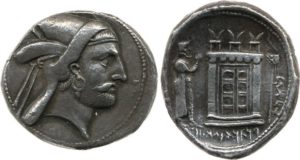
http://geonumismatics.tsu.ge/en/catalogue/types/?type=17
- b) Georgians dressed in Byzantine-style clothing.
David IV’s (king of Georgia) copper coin, type – king in Imperial coat. 1118-1125.
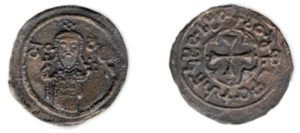
http://geonumismatics.tsu.ge/en/catalogue/types/?type=48
Coin of Giorgi IV (king of Georgia) – king in Imperial dress. 1210.
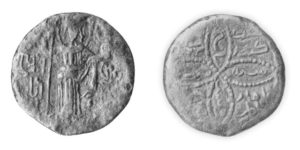
http://geonumismatics.tsu.ge/en/catalogue/types/?type=73
Coins with the effigy of two Davids (David Ulugh and David Narin, kings of Georgia). 1261-1262.
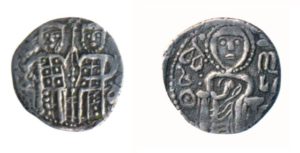
http://geonumismatics.tsu.ge/en/catalogue/types/?type=98
- c) Georgians dressed in Modern clothing.
Lari. National currency of Georgia.
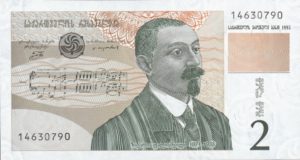
https://www.academia.edu/31559754/Money_in_Georgia._Tbilisi._2003
By Prof. Dr. Tedo Dundua, Dr. Emil Avdaliani
Institute of Georgian History, Ivane Javakhishvili
Tbilisi State University

